Cycling is a healthy and natural way of sports travel, allowing one to fully enjoy the beauty of the journey. All you need is a bike and a backpack—simple and eco-friendly. You experience challenges throughout the journey and feel a sense of accomplishment at the destination.
Health Benefits of Cycling
- Improves Memory
Cycling helps improve memory, regardless of whether one has strong or weak memory skills. Exercise increases levels of norepinephrine, a chemical in the brain that plays a key role in memory improvement. - Relieves Parkinson’s Symptoms
Cycling, especially intense cycling, can improve the activity of brain areas related to movement. According to Dr. Jay Alberts of the Cleveland Clinic, cycling is an effective and low-cost method for managing Parkinson’s disease. However, not all patients are suited for high-intensity exercise, so a doctor’s guidance is recommended. - Cancer Prevention
Lack of physical activity is a known risk factor for cancer. Long-term cycling strengthens cardiovascular functions, enhances metabolism and immunity, making it a great aerobic exercise for fitness and cancer prevention.
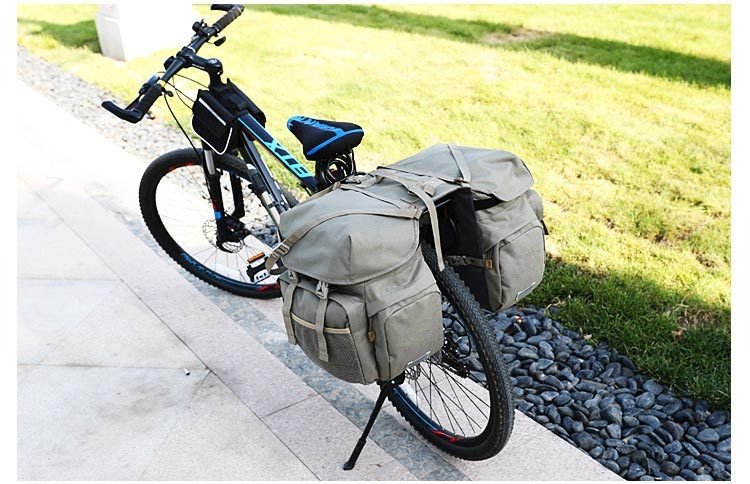
Cycling Gear
Helmet
A helmet is essential for protecting the vulnerable head area.
Functions:
Impact protection, shielding from branches and flying debris, rain deflection, ventilation, and aerodynamics. Helmets with visors offer sun protection, and reflective stickers help increase visibility during night rides.
Quality Criteria:
- Material: Usually made from regular or high-density foam (the latter offers better impact protection) with a smooth outer shell.
- Weight: Must be lightweight to avoid pressure on the head.
- Padding: Provides comfort and cushioning; better helmets have larger, better-quality pads securely attached.
- Comfort: Depends on weight, padding, strap fit, and size—good helmets minimize neck and head pressure.
- Ventilation: More or larger air holes improve airflow to keep the scalp comfortable.
- Aerodynamics: Helmet shape can help reduce wind resistance, especially important for speed cyclists.
Types:
- Half helmets: Road-specific (no visor), dual-use for road and mountain biking (with removable visor).
- Full helmets: Similar to motorcycle helmets, used in downhill or stunt biking.
How to Wear:
- Keep the helmet level on your head.
- If the visor blocks vision, remove it instead of tilting the helmet back.
- Adjust the straps: the side straps should form a “V” just below the ears (~1.5 cm gap), and the chin strap should sit under the jaw with a 1.5 cm gap as well.

Cycling Glasses
Special Features:
In addition to blocking wind and debris, cycling glasses offer UV protection, which is crucial. Roads reflect more sunlight than grass or dirt, increasing UV exposure and risking cataracts. They also protect against snow glare and snow blindness during winter rides.
Choosing the Right Glasses:
- Comfort depends on frame material and size.
- Lenses: Different tints serve different purposes.
- Clear: For low light or nighttime.
- Yellow: Ideal for foggy or overcast days.
- Red/Orange: Offer the best contrast, enhancing terrain clarity.
- Prescription inserts are available but more expensive.
Note: Regular sunglasses lack the protective and wind-blocking design of cycling glasses.
Cycling Jersey (Top)
Features:
Bright colors, tight fit, enhances body lines.
Functions:
Improves aerodynamics, sweat-wicking, and storage. Long-sleeves protect from sunburn; fleece-lined versions keep you warm. Material determines breathability and moisture-wicking ability.
Buying Tips:
- Prices usually start at ¥100.
- Focus on fabric quality, stitching, and proper fit—not too tight or too loose.
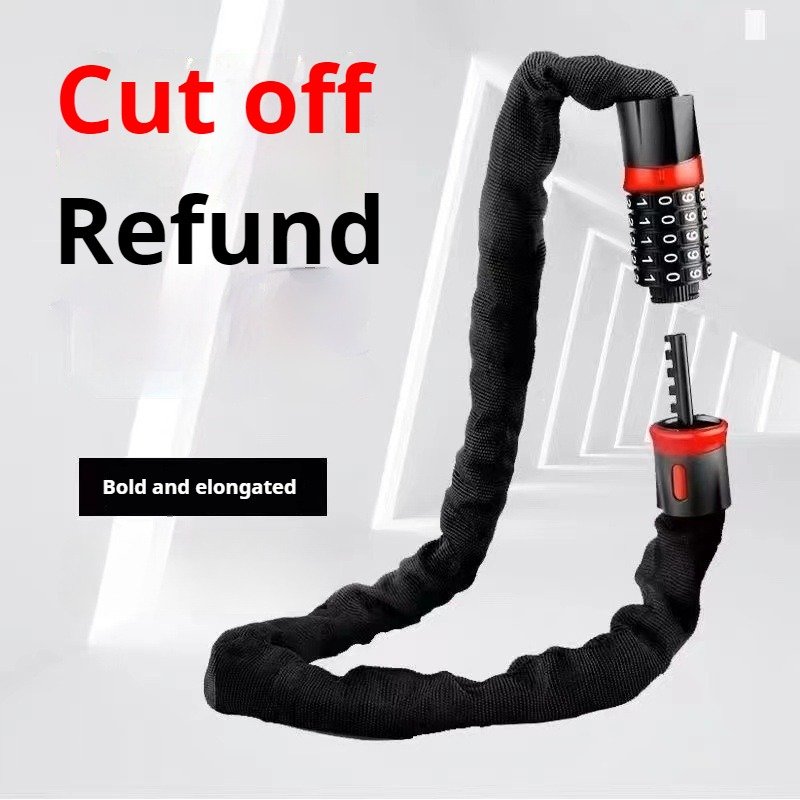
Cycling Shorts (Bottom)
Cycling naturally puts pressure on the perineum, increasing the risk of prostate issues and poor hygiene if not ventilated properly. Cycling shorts are essential.
Design:
- Padded crotch to reduce pressure and increase ventilation.
- Breathable outer materials prevent sweat build-up.
- Long versions have tight leg openings or straps to avoid chain entanglement.
Gloves
Functions:
Sweat absorption, anti-slip grip, breathability, and hand/wrist protection. Critical for handling and crash protection.
Hidden Benefit:
They protect wrists from long-term stress and nerve damage caused by cycling posture. Many gloves are ergonomically designed with raised padding in line with hand positions.
Choosing Gloves:
- Half-finger or full-finger options.
- Look for reinforced stitching and padded palms.
- Some gloves include towel material on the thumb for wiping sweat.
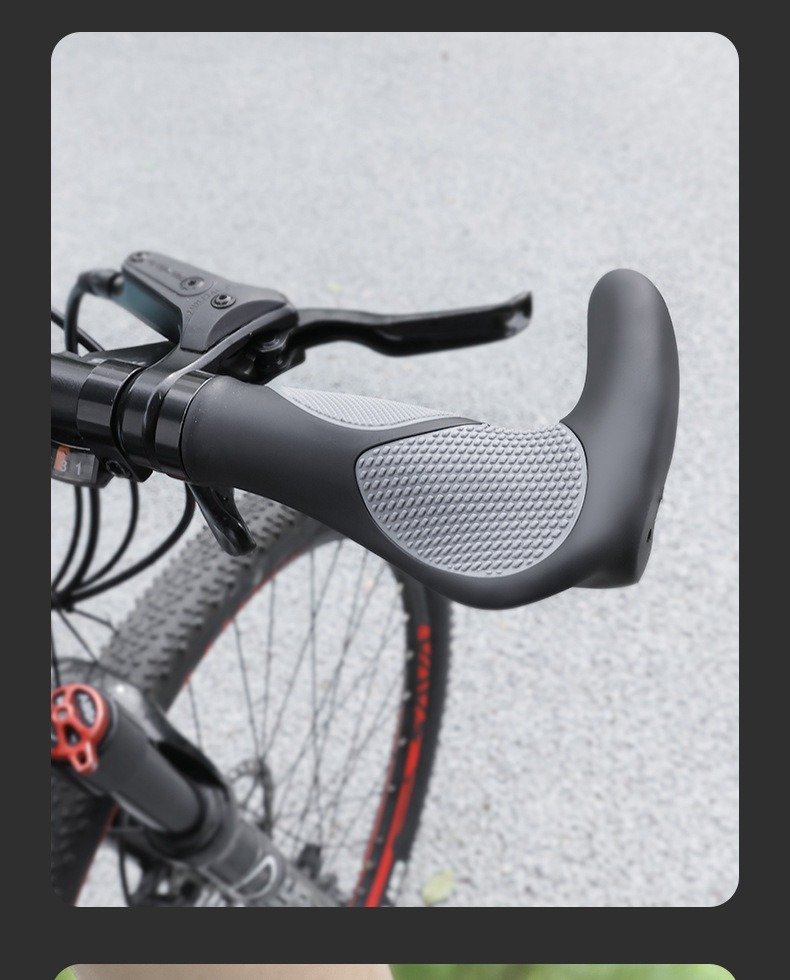
Backpack
A practical and compact item for carrying essentials.
Design:
- Small size with multiple compartments.
- Lower pocket for water bladder with hose access.
- Tool compartments use elastic straps to prevent rattle.
- Ventilated and lightweight back panel with chest and waist straps.
Other Gear
Cycling Socks & Shoes
- Socks: More breathable and durable than regular sports socks.
- Shoes: Lock-in (clipless) or regular. Clipless shoes attach to special pedals for better power transfer, but require practice to unlock quickly.
Face Mask & Ear Protection
- For wind or cold-weather rides. Choose breathable, snug-fitting designs.
Knee & Elbow Pads
- Crucial for protection during falls, especially in high-risk areas.
Water Bottles & Bottle Cages
- Materials: Plastic or alloy. Ensure bottles are food-safe and odorless.
- Bottle cages must fit snugly to prevent rattling and damage.
Hydration Systems
- Water bladders with sip tubes allow easy access while riding.
Bike Bags
- Includes handlebar bags, saddle bags, and frame bags.
- Designed to distribute weight off the rider’s back.
- Saddle bags are small and best for short rides or races.
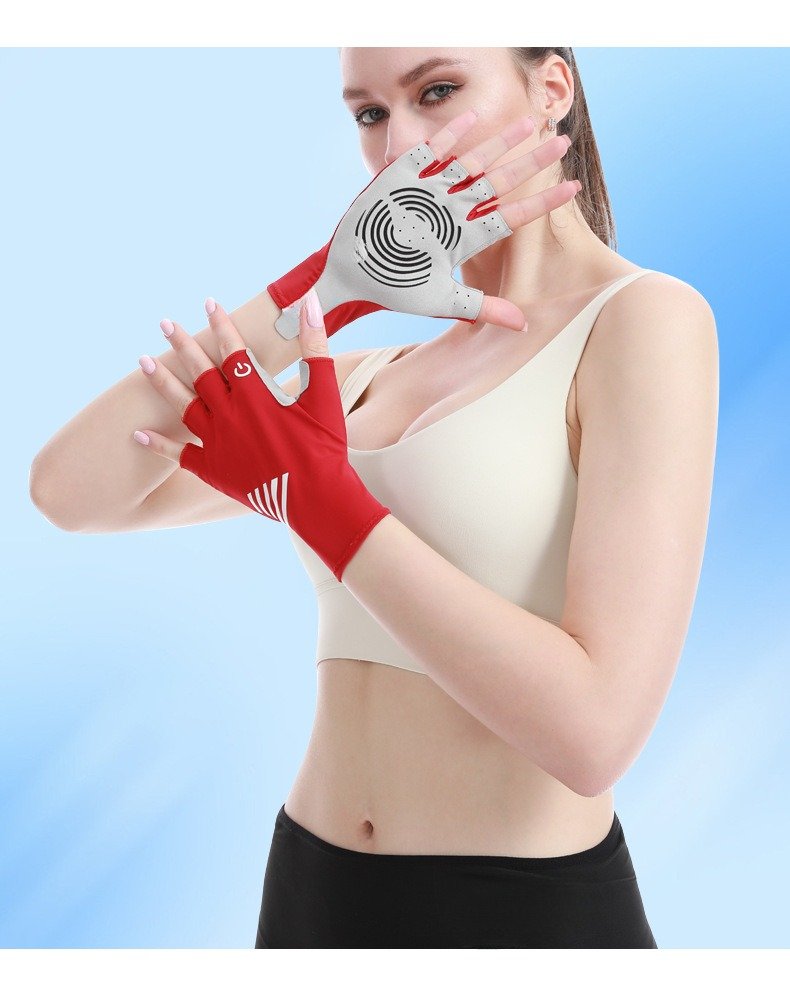
Safety Equipment
Cycling Computer (Odometer)
Measures distance and speed. Includes:
- Magnet sensor on front wheel
- Sensor on fork
- Display unit on handlebar
Types: Wired and wireless (more expensive). Advanced models (flight deck) offer more data like gear info.
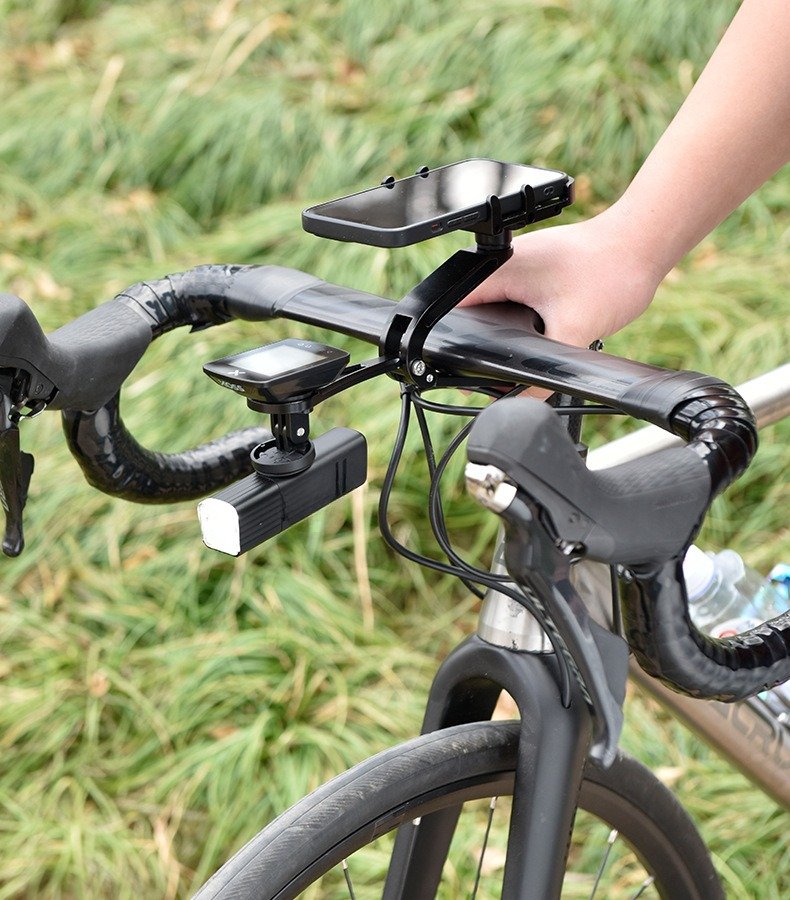
Tools
- Includes: Lubricants, mini pump, tire repair kits, tire levers, multi-tools.
- Only one set per group is usually enough (bring extra consumables).
- Lubricate drivetrain post-ride to maintain performance.
Note: Swiss Army knives alone are not enough. We offers special bike toolkits with disassembly tools.
Lighting & Reflective Systems
- Reflective items: On wheels, bags, helmets, clothing.
- Lights: Battery-powered or dynamo front/rear lights for visibility.
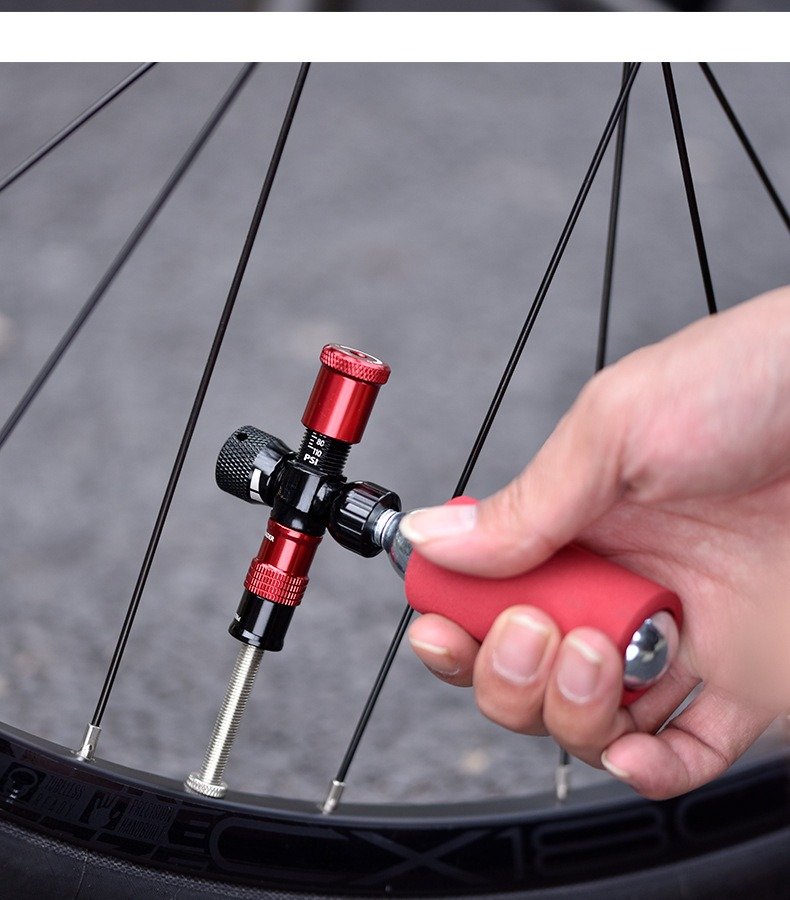
Cycling Apparel for Competitions
Cycling attire is optimized for speed, comfort, and visibility.
Categories:
- Base Layer: Worn directly on the skin; must be soft and breathable.
- Road Jerseys: Lightweight, aerodynamic, sweat-wicking fabrics like mesh polyester.
- Outerwear: Designed for protection in colder weather.
Materials:
- CoolMax by DuPont: High-performance fabric offering moisture-wicking, breathability, quick-dry, UV protection, and abrasion resistance.
- Fleece-back Polyester: Warm and breathable for cold rides.
- Lycra: Snug fit prevents thigh chafing.
Reflectivity:
High-visibility features are critical. Reflective patches, letters, and designs help prevent nighttime accidents. In China, over 92% of cycling-related car accidents at night are due to the lack of visibility gear.
